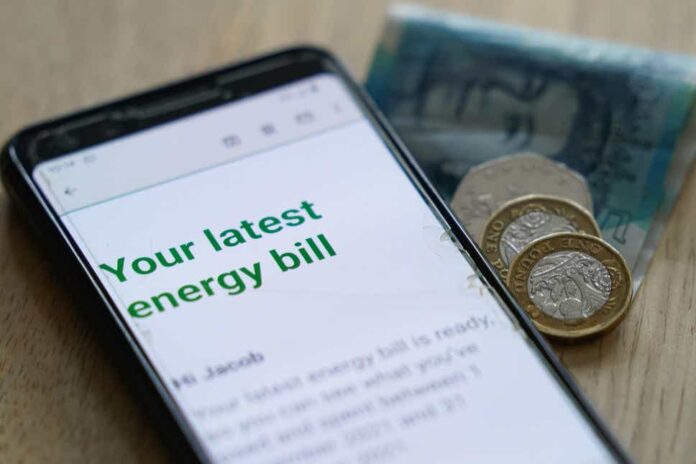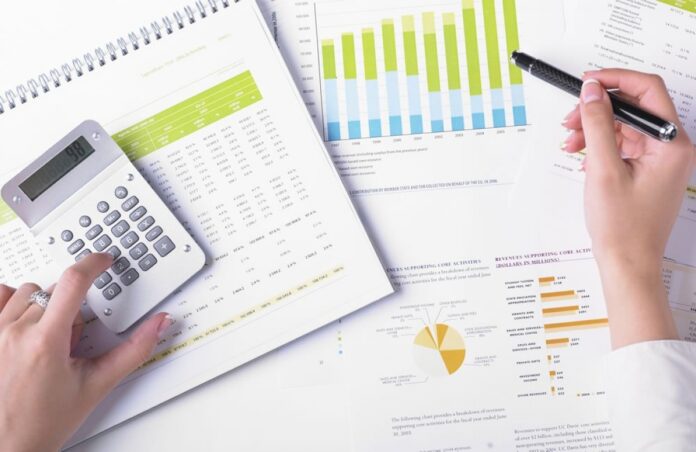According to a recent survey, more than 200,000 charity organizations could be paying more VAT than they should be on their gas and electricity bills. This money, which cannot be retrieved even by VAT-registered charities and the commercial firms affiliated, deprives charity organizations of millions of pounds annually.
Despite the stringent reporting mechanisms, these organizations frequently pay more than they should for gas and electricity because they need to be aware of VAT discounts, exemptions, and refunds.
Automatic Reduction on Charity Energy Prices
If a charity has a fixed price contract agreed upon on or after April 1, 2022, their energy expenses will automatically be cut by the corresponding p/kWh, provided that the wholesale charity energy prices they are paying are higher than the supported levels.
Those who are on default, presumed, or variable tariffs will further receive support in the form of a per-unit discount on the costs of their energy usage, subject to a maximum of approximately £405/MWh for electricity and £115/MWh for gas, depending on the developments in the wholesale market.
When dealing with organizations that have flexible buy contracts, which are often some of the largest firms that use energy, suppliers will calculate a reduction according to the particulars of that company’s contract and subject to the maximum discount possible for that company.
The government is collaborating with various suppliers to ensure that all organizations in England, Scotland, and Wales can switch to a fixed contract or tariff for the scheme’s duration if they so desire. This will take place if and only if the government is successful in its efforts.
What Can Charities Do about the Rising Energy Prices?

First, find your old energy bills and investigate your current VAT rates. You must take action to ensure that you claim the appropriate VAT rate. The good news is that you are eligible to file a claim for a refund of any money that was improperly charged to your account within the past four years. This indicates that you can claim a refund of any VAT you overpaid on your energy bills as far back as 2014. After that, the money can be put toward supporting the organization and the causes that are important to you.
To submit a request for a tax rebate or exemption, qualifying organizations must complete a VAT Declaration form that their supplier has provided. After the supplier has received the VAT Declaration form, it typically takes them around two weeks to analyze the application and decide whether or not to apply the discount.
An independent consultant is recommended to advise your charity on the appropriate VAT rates and assist with rebate requests. They will alleviate the tension associated with the procedure and free up your internal resources so that they may continue doing what they are most skilled at. An additional advantage of an independent review is that the consultant can obtain and evaluate quotes from various suppliers.
As a result, your charity will be able to get the best possible deal, and the consultant will be able to implement a strategy that will maximize the cost-effectiveness of the energy contract that your charity has.
How to Save Big for Your Charity Organization?
When you run retail or catering premises, the lighting, heating, and cooling will consume most of your energy.
Modifications on a smaller scale can significantly impact the amount of energy consumed. For instance, converting over to energy-saving lighting such as LEDs, ensuring that all of your appliances are energy efficient, and altering procedures are all examples.
This may involve turning off electronic devices and lighting at night, reducing the heating system’s temperature an hour before areas are closed, and ensuring that properties are adequately insulated.
Electronic machinery like computers, printers, and mobile devices consume significant power in workplaces like offices. Again, reminding employees not to keep electronic devices on overnight and unplugging chargers and other equipment when not in use can significantly impact the energy spent on energy. These adjustments may also help to lessen the likelihood of electric fires occurring.
Documenting the improvements allows you to demonstrate your commitment to environmental sustainability and share your dedication to reducing waste with your supporters. It also shows that you are helping to mitigate the effects of climate change.
What to Do if Your Organization Is Overcharged?

In the past, if your charity has paid a higher amount of VAT than it should have, you are eligible to apply for VAT relief.
Fill out a VAT declaration form and submit it to your provider to apply for the lower rate. You will need to demonstrate that you are a charity organization and present a written declaration (often referred to as a certificate) demonstrating that you are eligible for the relief to submit your application.
Your energy provider will require you to produce either a letter of recognition from HMRC or the registration number for your charity with the Charity Commission as evidence.
Switching Energy Providers
It’s possible that you feel your current provider did not perform their due diligence appropriately when you signed up with them, and even though you can get the money back, you shouldn’t have had to pay it in the first place. That cash may have been kept as part of your organization’s available cash buffer to help protect it from fluctuations in income caused by things like donations, sales, and other fees.
If you want to find better prices for charities on electricity and charities on gas, and if you want your organization to benefit from these lower prices, you should consider moving your charity’s provider. Charity organizations need help to maintain their operations and keep the funds in the bank. Your organization could benefit significantly from further energy cost reductions of even just one hundred pounds per year.
Final Words
Because every charity organization is different and may have particularly challenging energy requirements, you must thoroughly understand the resources at your disposal and the energy you are presently consuming. Only then can you determine where improvements in operational efficiency may be possible.






